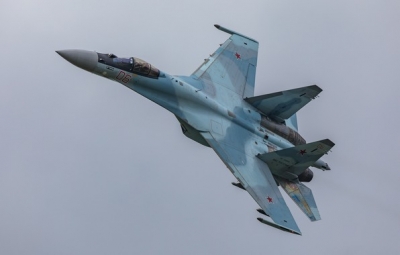
The action sequences in Star Wars (1977), with speeding spaceships in dramatic dogfights, were achieved with models and never moved. In a technique called motion control, the camera does all the flying.
The effects supervisor John Dykstra wanted to avoid the time-consuming and costly method used in 2001: A space Odyssey. For that film, the camera remained fixed when models were moved past it. For a scene in which the spaceship Discovery travels through space, it was necessary to film the model many times.
This was so that other elements, such as crew members visible in portholes, and star backgrounds, could be incorporated. The model was 54ft (16.4m) long and each camera pass on its 150ft (45.7m) long track took four and a half hours.
Dykstra’s solution was to mount his model spaceships on rigid pylons coloured blue so that they would not show up against a blue screen background. The camera, mounted on a crane, travelled along a track. The crane man arm moved up and down and rotated, and the camera could tilt, take sweeping panoramic shots (a pan), and track (follow any object) in all directions. It was computer-controlled so that each movement could be duplicated precisely to film different images on each pas, using the same film each time. So laser flashes, exhaust glow, explosions and starry backgrounds all ended up on the film in their right positions.
Picture Credit : Google

